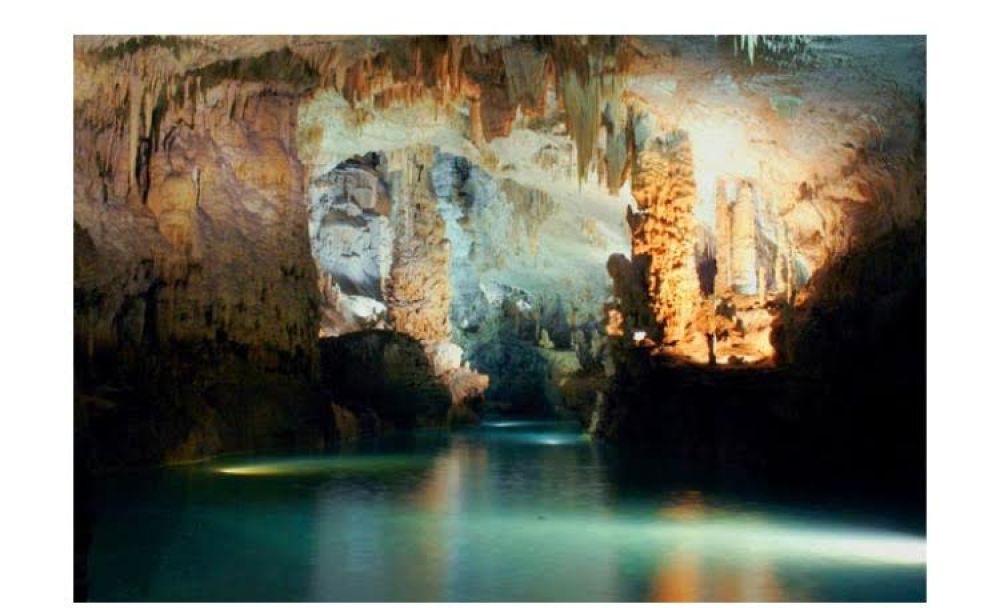

Jeita Grotto, a system of two separate but interconnected karstic limestone caves located in the Nahr al-Kalb valley, is one of Lebanon's most astonishing natural wonders. The climate in the region is typically Mediterranean, with hot, dry summers and cool, wet winters. The best time to explore the grotto is arguably in the spring, particularly during April and May, or in the fall, across September and October. During these months, the weather is generally mild and pleasant, with fewer chances of rainfall that might affect your visit, especially since the lower section of the grotto, which includes the famous boat ride, can close in the event of heavy rains due to increased water levels.
Planning Your VisitVisitation to Jeita Grotto is possible throughout the year; however, the experience can be significantly different based on the season. Summer months from June to August see a large influx of both local and international tourists, making this a bustling time to visit. Despite the potentially crowded scenario, the caves provide a cool retreat from the summer heat. On the other hand, visiting during the off-peak season can offer a more serene experience. Winter, from December to February, is the least advisable period for a visit due to the likelihood of heavy rainfall, which can lead to closures of the lower cave. Additionally, facilities such as cable cars and the tourist train could also be subject to weather-related interruptions during the winter months.
| Month | Min Temp | Max Temp |
|---|---|---|
| January | 8 °c | 13 °c |
| February | 8 °c | 14 °c |
| March | 9 °c | 16 °c |
| April | 11 °c | 20 °c |
| May | 15 °c | 24 °c |
| June | 18 °c | 27 °c |
| July | 20 °c | 29 °c |
| August | 21 °c | 30 °c |
| September | 19 °c | 29 °c |
| October | 16 °c | 26 °c |
| November | 13 °c | 20 °c |
| December | 9 °c | 15 °c |